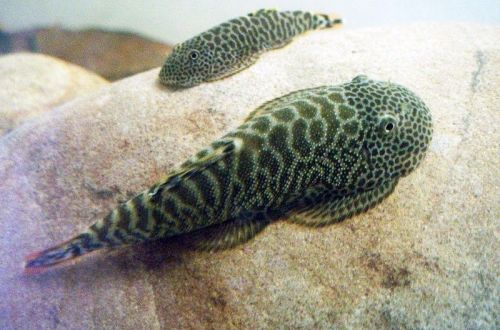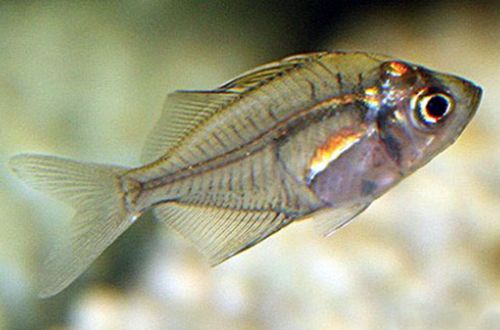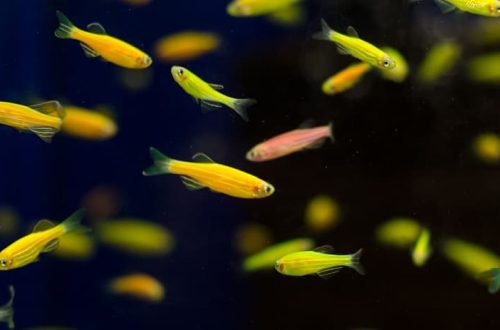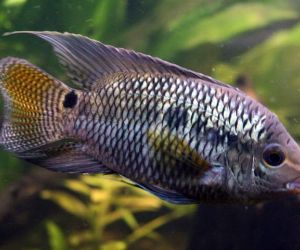
ʻAkary
Acara are South American cichlids of the genus Aequidens. The true representatives of the genus are distinguished by their bright coloration, massive body with a large head and rather quarrelsome disposition.
In males of some species, something like a bump may appear on the head – for them this is a normal phenomenon, which indicates a dominant position in the hierarchy. A kind of label of leadership.
Fish demonstrate amazing affection for a partner. Having created a pair, the male and female can remain faithful to each other for a long time. They have developed parental instincts, protecting the masonry and protecting the offspring that have appeared until it grows up (usually a few weeks).
The male shows territorial behavior and will attack anyone, except for his chosen one, who approaches the borders of his possessions. Both relatives and other species can be attacked. In small aquariums, with a lack of space between males, conflicts are possible.
The nature of the behavior is the main difficulty in keeping Acar cichlids, as they limit the choice of neighbors in the aquarium.
Contents
Nā hiʻohiʻona hoʻokaʻawale
It is worth noting that the phrase “true representatives of the genus” was not used by chance. The genus Aequidens remained collective for a long time, where researchers included various American cichlids that had similar morphology.
From the late 1980s to the 2000s, in the course of in-depth study, scientists isolated several independent genera from the composition of Aequidens, thereby changing the scientific name of specific species.
However, the old names for popular fish are firmly entrenched in the aquarium hobby. Thus, some Akara, such as the Porto Alegre Akara or the Red-breasted Akara, are not really related to the genus Aequidens.
The list of fish below is based on trade, well-established names in the aquarium trade, so some species are not true Akara, but were once part of this genus. Accordingly, they have slightly different behavior, but similar content requirements.
E ʻohi i ka iʻa me kahi kānana
Akara uliuli
Akara curviceps
Akara Maroni
Akara Porto-Allegri

Ua ʻōlelo hou ʻo Akara
Turquoise Akara
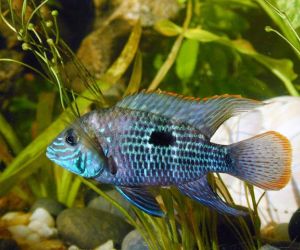
ʻAkara ʻulaʻula
Akara kaula



